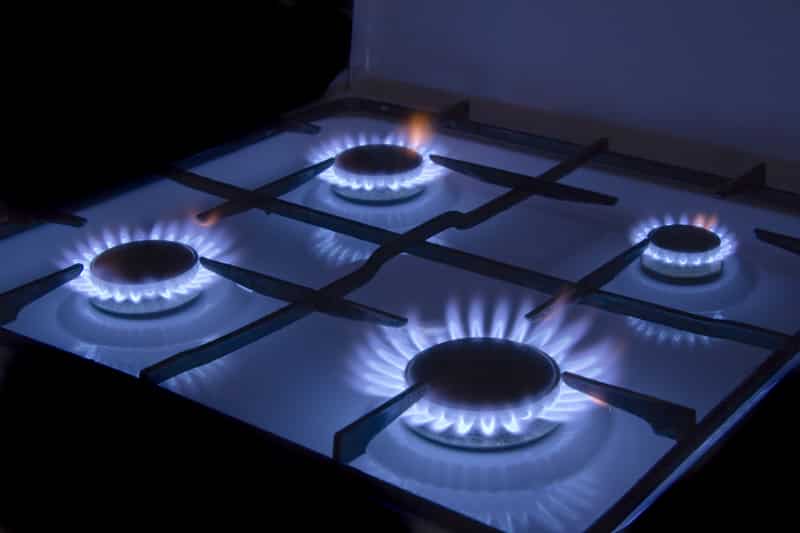What you need to know about cooktops
Ranges are still the go-to choice for most, but cooktops are slowly getting in on the action. If you want to get a cooktop, here's what you have to know.

The art of cooking has definitely evolved a lot over the last decade. Today, you have your range, cooktops, ovens, convection ovens, and many other appliances to help you prepare your meals. Ovens and ranges are still the go-to choice for most, but cooktops are slowly getting in on the action. If you’re interested in getting an appliance installer to replace your old range with a cooktop, here’s what you have to know.
The pros of cooktops
Most people shun cooktops simply because they prefer the affordability and practicality of a kitchen range. After all, doesn’t it seem indulgent to buy an oven and a stove separately? However, cooktops actually offer a couple of advantages over ranges. For one, getting a cooktop gives you the creativity to match it to your benchtop, allowing you to achieve a sleek, seamless look. For those who hate having to stoop down to use the oven, having a cooktop also allows you to place your oven in a much more accessible spot. Finally, a cooktop gives you the freedom to choose a stove and an oven that suits your requirements perfectly. You can get a feature-laden cooktop and a basic oven or vice versa, depending on your needs.
The three types of cooktops
The number of cooktops in the market seems to be limitless, but most of them actually fall into one of three basic types:
- Gas cooktops – When it comes to control, gas still takes the cake. With their ability to switch quickly from super low to steak-searing heat, gas cooktops remain as the top choice for many chefs and serious cooks. Since they are quite popular, it’s pretty easy to find one that fits your budget. However, you should make sure that your kitchen is properly ventilated if you plan on getting a gas cooktop since gas combustion generates some harmful emissions. Because of their design, cleaning can also be a bit of an issue.
- Electric cooktops – Most electric cooktops nowadays are ceramic radiant ones that use coils or halogen bulbs beneath the tempered ceramic glass. Since they don’t use direct heat, changing up the heat isn’t quite as efficient as with gas ones. However, they are really good to look at and pretty easy to clean. Just make sure you don’t use abrasive cleaners that can damage the glass surface.
- Induction cooktops – Instead of heat-generating elements, an induction cooktop actually makes use of your cookware to heat up your food. Because of this, the cooktop itself doesn’t actually get hot, except for the spot that is warmed up by contact from the hot pot or pan. Induction cooktops cook your food faster than electric or gas ones, and they give precise control, too. On the downside, since they generate heat through magnetism, you might need to get a new set of iron or aluminium core cookware. They also tend to be more expensive than gas or electric options.
What to keep in mind when choosing a cooktop
The first issue to settle when selecting a cooktop is how you want it powered, that is, which basic type of cooktop suits your needs. To help you with your choice, you should consider how much heat output you need, how much control you need over the temperature, and how big your cookware is.
Once you’ve picked out which type of cooktop you want, you then need to check out the features. Some of the most important features to look for are child safety features, ease of cleaning, timers, and control positions. To get started on installing your cooktop, get some quotes from an expert electrician or gasfitter now.